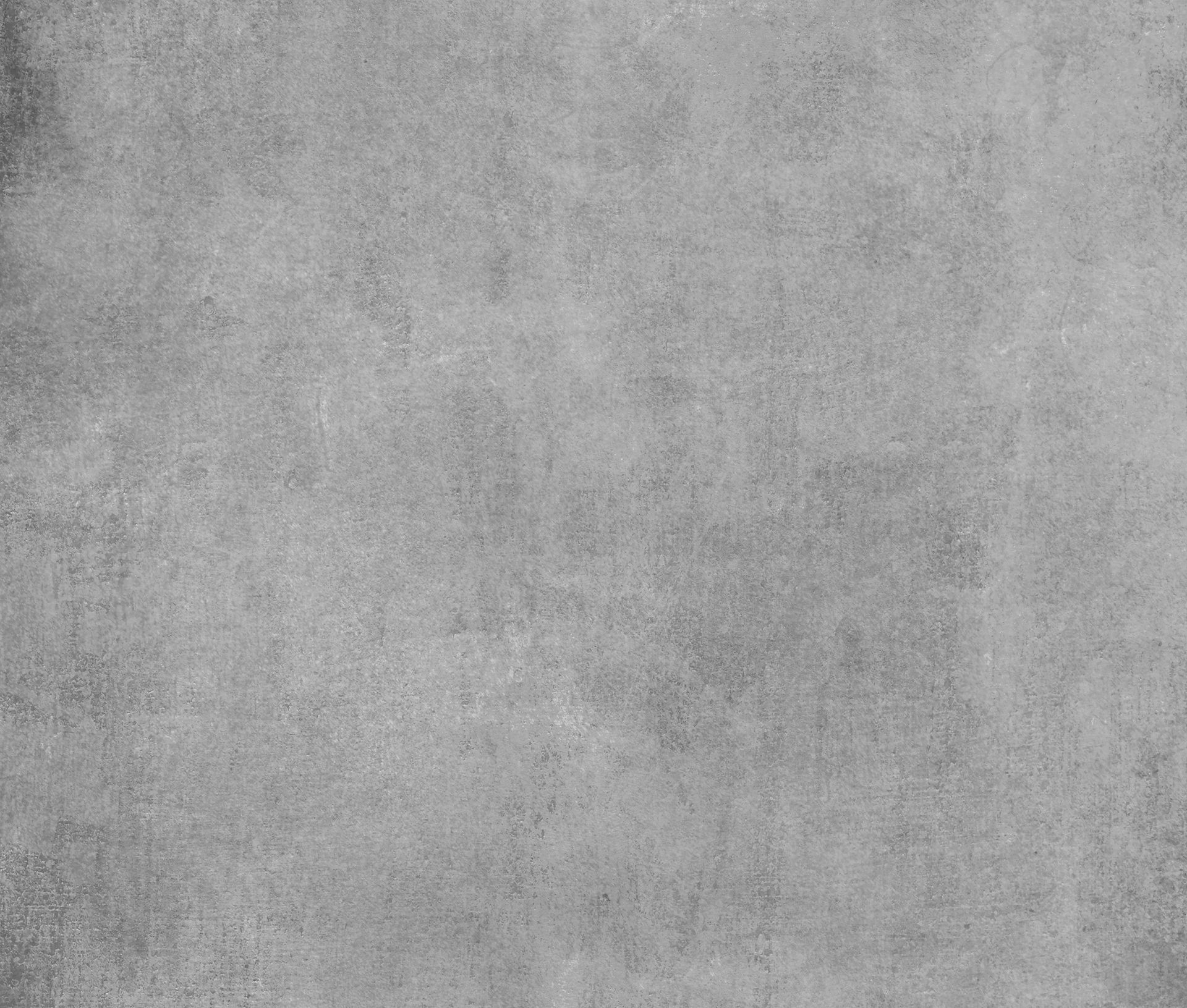Creativity Isn't Just for Artists. It's for All of Us.
- Staci Jones

- Jun 25
- 3 min read

Some people hear “creative thinking” and picture an art class, a whiteboard full of big
Some people hear “creative thinking” and picture an art class, a whiteboard full of big ideas, or a quirky brainstorming session with colorful markers. And while that can be creativity, it’s really just scratching the surface.
Creative thinking is less about your job title and more about your mindset. It’s about how you respond when the plan breaks, the path disappears, or the obvious answer isn’t good enough. And as someone who coaches leaders, builds teams, and navigates change alongside clients, I’ve seen firsthand that creativity isn’t just nice to have. It’s essential.
A Crisis, a Question, and an Unexpected Solution
Let me tell you a story from early in the pandemic that stuck with me.
A hospital I was working with faced a major supply chain crisis: their N95 masks were running out fast. The usual vendors were overwhelmed, shipments were delayed indefinitely, and the system’s standard operating procedures had no playbook for this kind of global disruption.
Most people would have waited. Paused. Complained. But this team didn’t.
Instead, the Chief Nursing Officer pulled together a small, scrappy group—nurses, biomedical engineers, operations folks—and asked one powerful question:
“What can we do with what we have?”
That question opened the door. They started thinking differently. Ideas that had nothing to do with their job descriptions started pouring in. They found ways to sterilize and safely reuse existing masks. They partnered with a local university that offered up their 3D printing lab to make face shields. They even designed reusable gowns from surgical tray wrap. Yes, the stuff you usually toss aside.
It wasn’t elegant. It wasn’t easy. But it was brilliant.
Why That Story Matters for All of Us
That team didn’t have more resources. They had more imagination.
That’s creative thinking.
This isn’t just a story about a hospital, it’s a story about leadership, resourcefulness, and what happens when we give ourselves permission to think differently. It’s a reminder that creativity isn’t just for “creatives.” It’s for problem solvers. For people who care. For people who want to build something better.
Creativity at Work (and in Life)
So how do we keep that mindset alive especially when our days are jam-packed and our brains feel more reactive than reflective?
Here are a few ways I encourage clients (and myself) to tap into creative thinking:
Change your inputs. Step away from the expected. Read something outside your industry. Talk to someone from a different background. Walk a different route.
Ask better questions. Try “What’s another way?” or “What could we try?” instead of “What should we do?”
Protect white space. Creativity doesn’t show up on a back-to-back calendar. Give your brain room to breathe.
Make time for play. That’s not just for kids. Doodling, tinkering, or messing around with ideas without pressure often leads to something meaningful.
Creativity Brings Us Back to Purpose
That same nurse who helped reengineer gowns later told me, “It reminded me why I got into this work in the first place... not just to care for patients, but to lead through uncertainty. To be part of a solution.”
That’s what creative thinking can do. It doesn’t just solve the problem in front of us. It reconnects us with why we’re doing this in the first place. It shifts us from reacting to leading. From surviving to contributing. It reminds us we’re capable of far more than we sometimes allow ourselves to imagine.
So, the next time you feel stuck or uninspired, don’t look for a bigger to-do list.
Ask a different question. Invite a different voice.
And remember, you don’t need to be an artist to be creative.
You just need to be willing to think differently.
Let that be your spark.






Comments